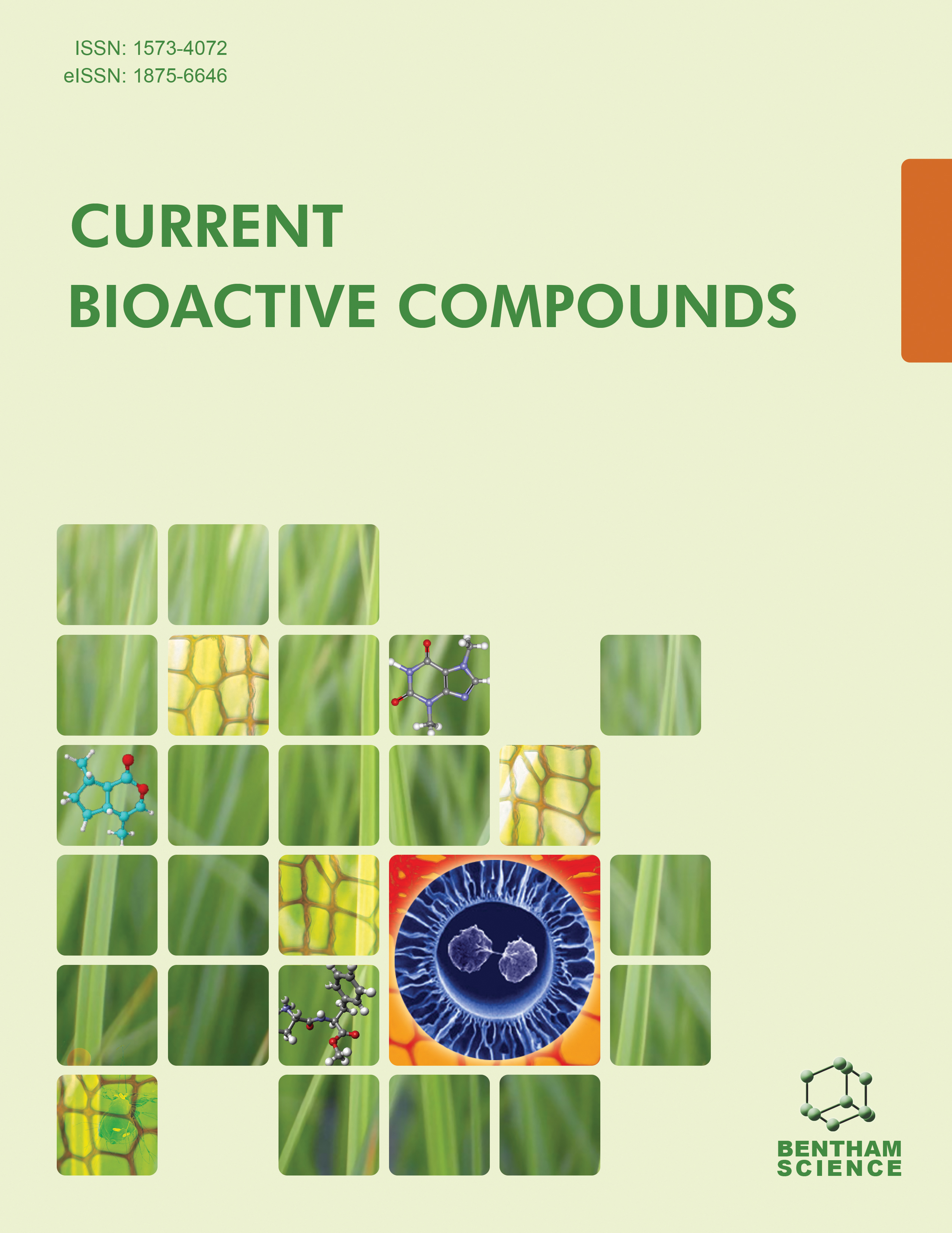
Full text loading...
One of the Astragalus (Leguminosae) species with remarkable pharmacological and biological properties is Astragalus rhodosemius, which has been utilized in traditional medicine. Very little study has been conducted on this species thus far. The purpose of this study was to examine the anti-microbial and antioxidant properties of two distinct extracts of Astragalus rhodosemius aerial parts (n-butanol and ethyl acetate) as well as an ethyl acetate extract of the root.
Each extract's ability to scavenge the free radicals of DPPH was used to express the antioxidant property. Gram-positive and gram-negative bacteria, such as Salmonella enterica, Escherichia coli, Pseudomonas Aeruginosa, Listeria monocytogenes, and Lactobacillus rhamnosus, were spread to assess the extract's antimicrobial properties.
The aerial portions' n-butanol extract (IC50 = 0.92 µg/mL) demonstrated excellent antioxidant properties. The microorganisms that responded to the root's ethyl acetate extract the most were Staphylococcus aureus (MIC = 1 µg/mL).
This study's findings demonstrated that A. rhodosemius has strong antibacterial and antioxidant properties, which allow for its application as a natural antioxidant or antibiotic in a variety of pharmaceutical formulations for the prevention of cancer.

Article metrics loading...

Full text loading...
References


Data & Media loading...

